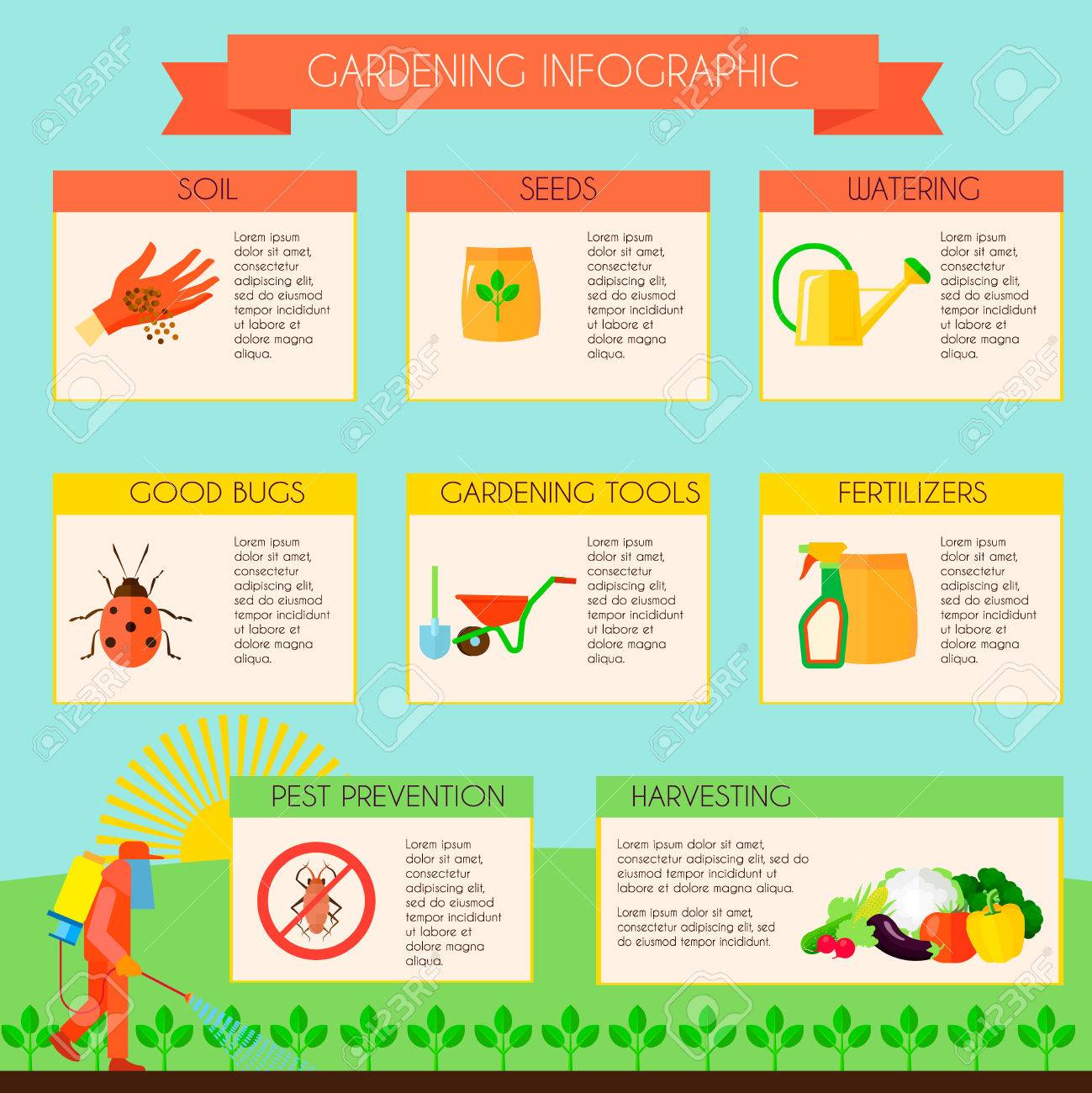Recognizing Rodent Behavior: Specialist Insights For Effective Insect Control
Recognizing Rodent Behavior: Specialist Insights For Effective Insect Control
Blog Article
Composed By-Medina Stentoft
Imagine being able to prepare for the actions of your opponents in a game of chess, constantly remaining one action ahead.
Worldwide of parasite control, comprehending rodent actions resembles having that tactical advantage. By obtaining professional understandings right into the nesting behaviors, feeding patterns, and interaction and social actions of rats, you can successfully battle these pesky animals.
However just how exactly do rats act, and why is it essential to know? In this discussion, we will unwind the enigmas of rodent behavior, supplying you with beneficial understanding that will help you stay ahead in the battle versus pests.
Are you ready to uncover the tricks of these cunning animals?
Nesting Habits
To understand rodent behavior and successfully control pests, it's important to acquire understanding into their nesting habits.
Rodents, such as computer mice and rats, have an all-natural impulse to find sanctuary and create nests where they really feel secure and secure. These nests act as their homes, breeding grounds, and storage space locations for food. Understanding their nesting practices can aid you determine potential areas of problem and apply targeted control steps.
Rats generally like nesting in dark, private areas, such as attics, basements, crawl spaces, and wall surface spaces. They use materials like shredded paper, textile, insulation, and also chewed-up electrical wires to construct their nests.
Feeding Patterns
Rodents display distinct feeding patterns that play a critical function in their actions and can educate efficient parasite control techniques. Understanding these patterns is essential for implementing successful parasite control measures.
Rats are opportunistic feeders, indicating they'll consume whatever food is readily offered. They prefer high-calorie foods such as grains, nuts, and seeds. This is why correct storage of food and waste monitoring are vital in stopping rodent invasions.
Additionally, rats are nighttime, which suggests they're most active during the night when they look for food. By recognizing their feeding patterns, you can strategically place catches and lures to optimize their performance.
Maintaining food sources hard to reach and keeping a clean atmosphere can help discourage rodents and lessen the risk of problem.
Interaction and Social Behavior
Comprehending just how rats connect and interact socially is critical for efficient parasite control strategies. Rodents, like mice and rats, have complex interaction systems that they make use of to share details to each various other and coordinate their activities. Right here are 3 vital facets of rodent communication and social behavior:
1. relevant internet page : Rodents create a large range of vocal audios, consisting of squeaks, tweets, and chattering, to connect with each other. These vocalizations can communicate various messages, such as threat cautions or mating calls.
2. Scent noting: Rodents utilize scent glands to leave chemical signals on items and in their setting. These scent marks function as territorial borders and interact details regarding reproductive standing, prominence, and social affiliation.
3. https://www.paloaltoonline.com/news/2022/08/06/the-call-of-the-wild-from-paralyzed-seagulls-to-skunks-caught-in-bear-traps-peninsula-wildlife-rescue-workers-have-seen-it-all : Rodents have a hierarchical social structure, with leading individuals having accessibility to sources and favored nesting sites. Understanding this power structure is necessary for targeting parasite control efforts and determining crucial people for removal.
Verdict
So, there you have it - a short look into the remarkable world of rodent actions. By understanding their nesting practices, feeding patterns, and interaction, we can much better take on the concern of bug control.
Did you know that a female mouse can create as much as 10 trashes each year, with each litter containing around 5-6 pups? This impressive statistic highlights the value of punctual and efficient parasite management to avoid rodent populations from spiraling out of hand.
